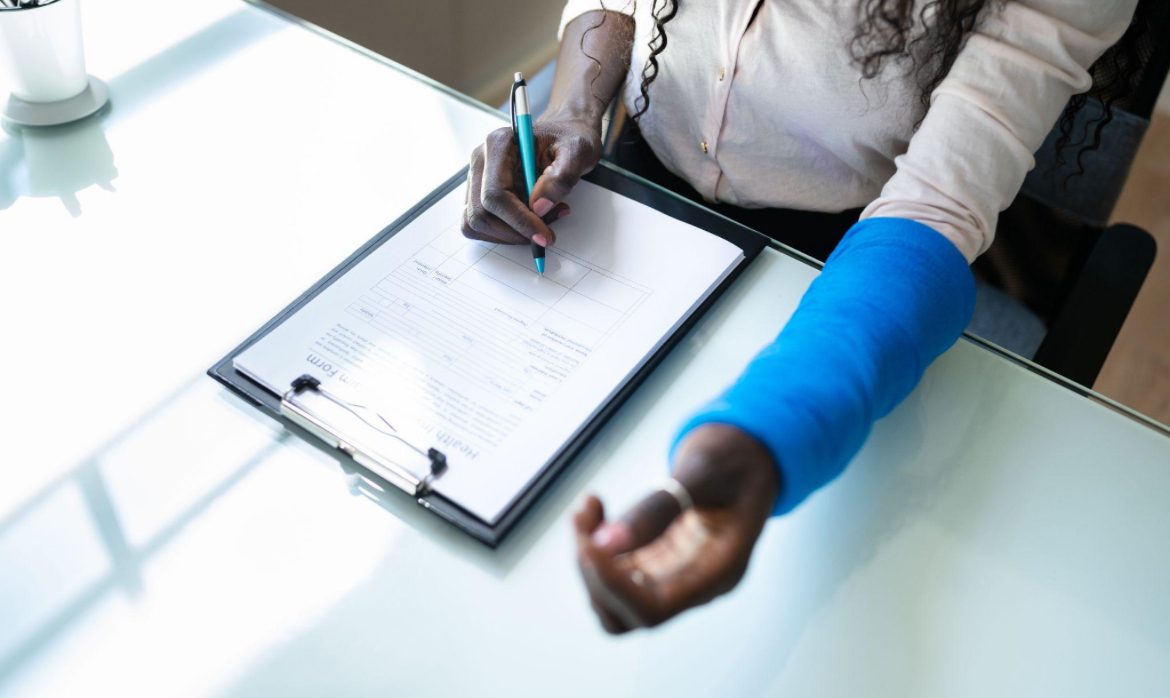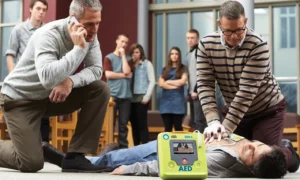A small mistake can change everything after an accident. Maybe a blurry photo, a missing report, or just waiting too long to act. What most people don’t realise is that injury claims are not only about the injury itself — they’re about what you can prove. Evidence is the foundation of your claim. It builds your story, shows the truth, and gives weight to your side of things.
So, if you’re ever wondering what makes or breaks an injury case, start with this: evidence.
Why Evidence Holds All the Weight
Think of your claim like a puzzle. Every piece matters — from the accident scene photos to the smallest medical bill. Without those pieces, the picture remains incomplete, and that’s exactly what insurance companies use to lower payouts or deny claims.
In personal injury cases, strong evidence does the talking for you. It helps your lawyer prove who was responsible, how you were affected, and what you’ve lost because of the incident. The clearer the picture, the better your chance of fair compensation.
Types of Evidence That Matter Most
Not all evidence holds the same value. Some pieces carry far more strength than others. Here’s what really counts:
All of these work together to prove that your claim isn’t just a story — it’s supported by facts.
What Can Weaken an Injury Claim
While strong evidence can build your case, weak or missing evidence can pull it apart just as fast. A few common issues include:
Every little detail matters, and even something small — like not keeping a record of missed workdays — can reduce the strength of your claim. That’s why it’s important to preserve key accident evidence as early as possible to protect your case.
How a Strong Legal Team Uses Evidence
Evidence alone is powerful, but it needs the right strategy behind it. That’s where professional guidance comes in. A lawyer doesn’t just collect facts; they connect them. They review your records, track missing proof, and work with experts to ensure every piece supports your claim.
For example, they might:
These steps help transform raw information into a clear and persuasive case — something most people can’t manage alone.
Why Local Experience Matters
If you’re seeking legal representation for injury victims in Palatine, local knowledge can make a real difference. Attorneys who know the area, the courts, and local regulations are better positioned to guide your case. They also understand how local insurance companies handle negotiations, which can help in getting fair compensation faster.
Personal injury laws may look similar across states, but how they’re applied can differ from place to place. Having someone familiar with Palatine’s procedures can help avoid missteps and strengthen your chances of success.
Wrapping It Up: Building a Case That Stands Strong
Evidence isn’t just paperwork — it’s the story of what really happened. The strength of your claim depends on how well that story is told and supported. From the first photo at the accident scene to the final witness statement, every piece counts.
If you ever find yourself unsure about what to gather or how to present it, seeking professional legal guidance can make all the difference. The right team will not only protect your rights but also ensure that your evidence speaks loud enough to be heard — clearly, confidently, and completely.

































